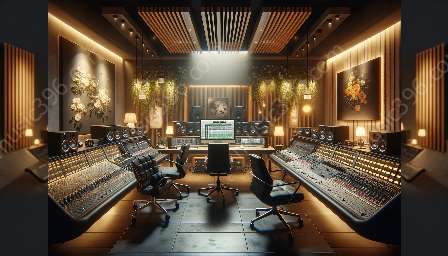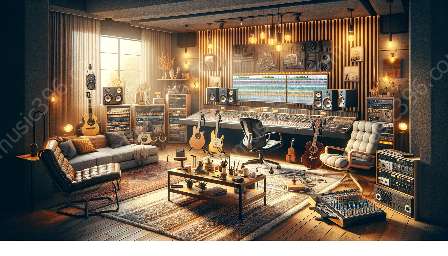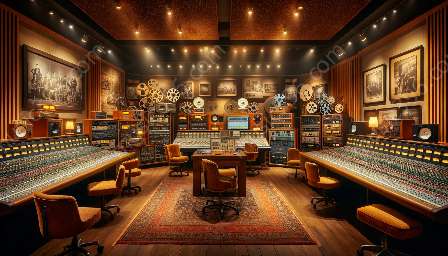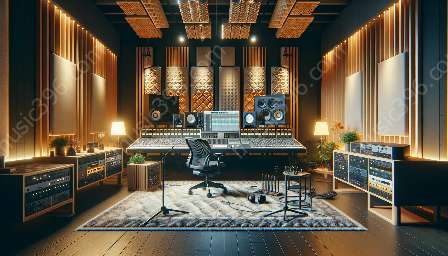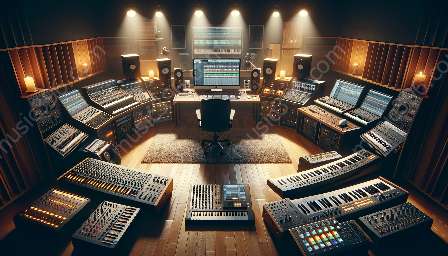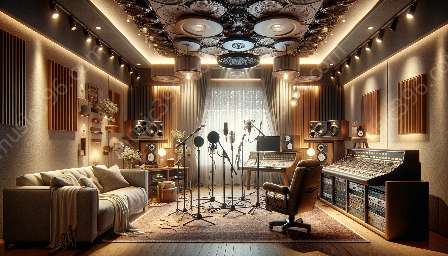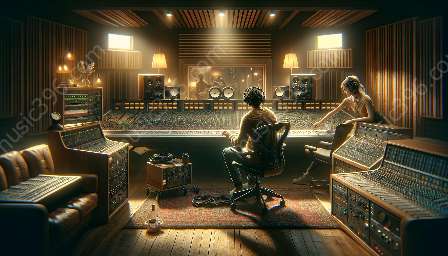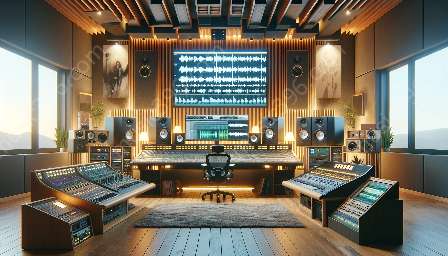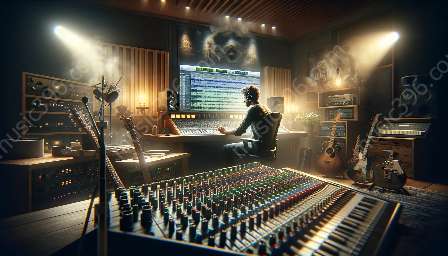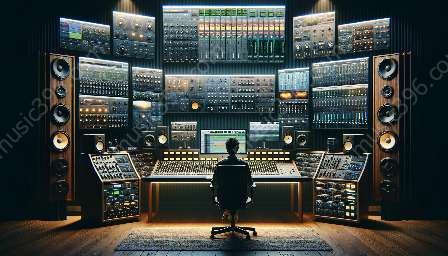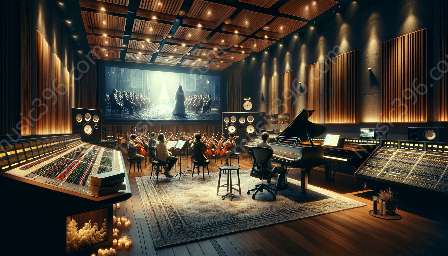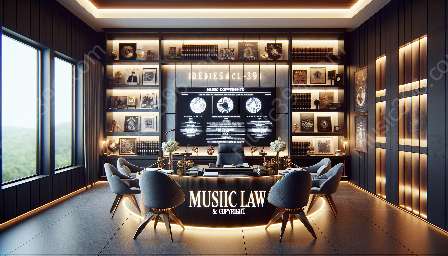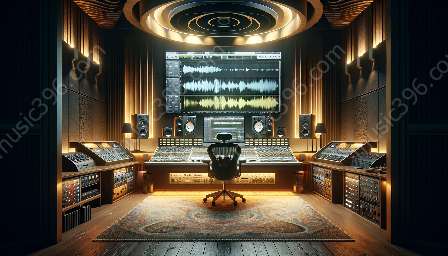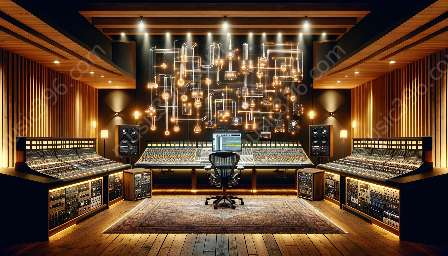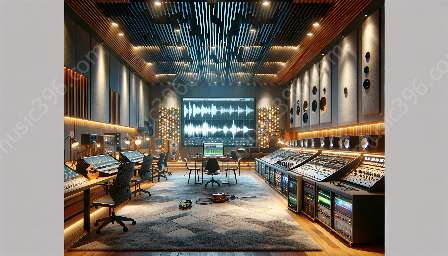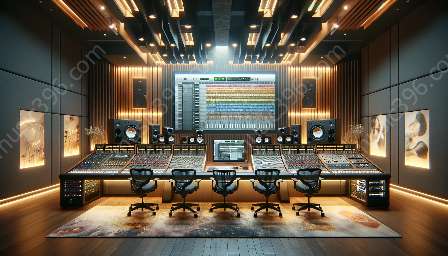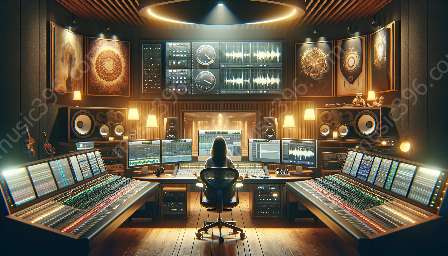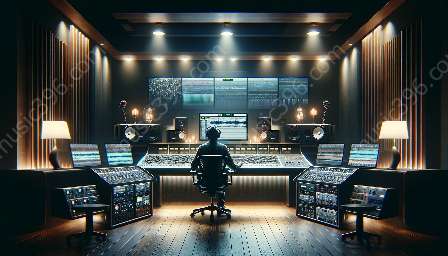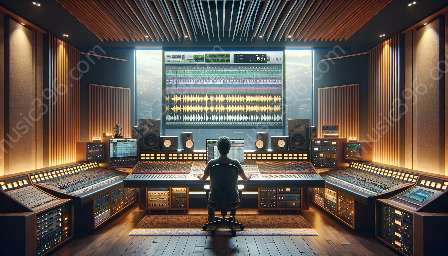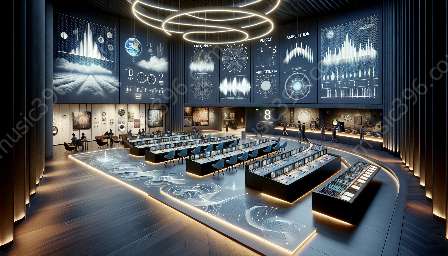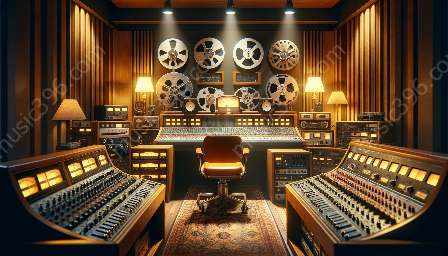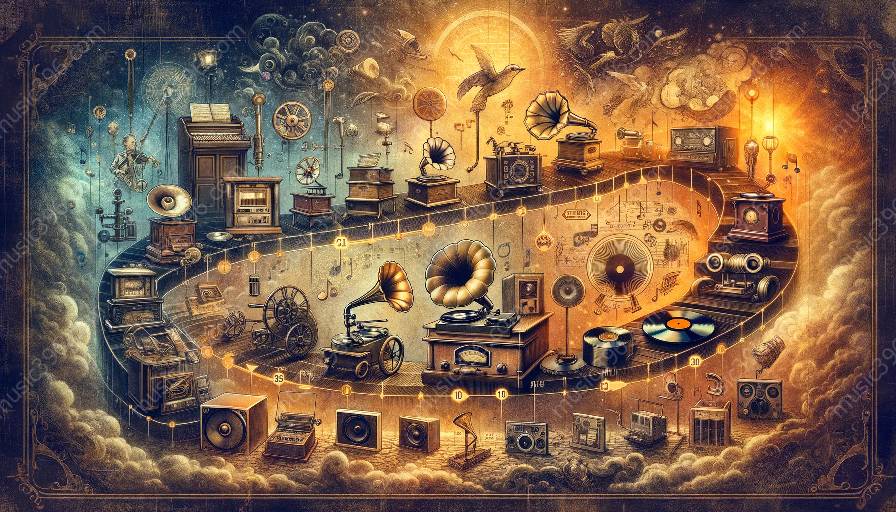Surround sound technology has significantly influenced the way music is recorded, mixed, and played back, leading to an immersive and captivating audio experience for listeners. This impact is closely connected to the history and evolution of music recording technology, as well as the intricacies of the music recording process.
Evolution of Music Recording Technology
The history of music recording technology can be traced back to the invention of the phonograph by Thomas Edison in 1877. This revolutionary device marked the beginning of a new era in music, allowing sound to be captured and reproduced. Over the years, advancements in recording technology have played a pivotal role in shaping the music industry.
Introduction of Surround Sound Technology
Surround sound technology emerged as a transformative development in audio recording and playback. The concept of surround sound involves the use of multiple audio channels to create a more enveloping and realistic sound experience for the listener. This innovation has had a profound impact on the way music is recorded and delivered to audiences.
Impact on Music Recording
Surround sound technology has revolutionized the music recording process by offering producers and artists the ability to create multi-dimensional sonic landscapes. With the use of surround sound, recording engineers can spatially position individual instruments and vocals within a mix, resulting in a more immersive and dynamic sound. This level of sonic immersion has encouraged new approaches to music production and composition.
Enhanced Playback Experience
For music enthusiasts, surround sound technology has transformed the way music is experienced. The playback of music in a surround sound format allows for a more lifelike representation of the original recording, offering listeners an audio journey that replicates the spatial characteristics of a live performance. The incorporation of surround sound in music playback systems has heightened the overall enjoyment and engagement with musical content.
Compatibility with Modern Recording Techniques
Surround sound technology aligns with the evolution of modern recording techniques, such as multi-tracking and digital audio workstations (DAWs). The integration of surround sound capabilities within DAWs has empowered recording engineers and producers to craft intricate and panoramic soundscapes, expanding the creative possibilities in music production.
Challenges and Considerations
While surround sound technology has undoubtedly enriched the music recording and playback experience, it has also posed challenges in terms of compatibility and standardization. The implementation of surround sound across various playback devices and formats requires careful consideration to ensure consistent and high-quality audio reproduction across different environments.
Future Developments
The ongoing development of surround sound technology continues to shape the future of music recording and playback. Innovations in spatial audio processing and immersive sound reproduction are paving the way for even more captivating listening experiences, offering new dimensions of creativity and expression for both artists and audiences.



